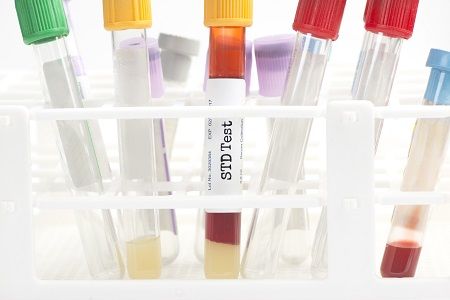Three STDs Dominate Nearly Two Million Diagnoses
“We have reached a decisive moment for the nation,†said Jonathan Mermin, MD, MPH, director of the CDC's National Center for HIV/AIDS, Viral Hepatitis, STD, and TB Prevention.

“We have reached a decisive moment for the nation,” said Jonathan Mermin, MD, MPH, director of the Centers for Disease Control and Prevention’s (CDC) National Center for HIV/AIDS, Viral Hepatitis, STD, and TB Prevention.
The total number of chlamydia, gonorrhea, and syphilis cases reached an all-time high in the United States. These are the three most commonly reported conditions in the country and, according to the annual report Sexually Transmitted Disease Surveillance Report, nearly two million diagnoses were made for these three sexually transmitted diseases (STDs) in 2015:
- Chlamydia: 1,526,658 cases
- Gonorrhea: 395,216 cases
- Primary and secondary (P&S) syphilis: 23,872 cases
From 2014 to 2015, each STD showed a substantial increase: P&S syphilis (19%), gonorrhea (12.8%), and chlamydia (5.9%).
“STD rates are rising, and many of the country’s systems for preventing STDs have eroded. We must mobilize, rebuild, and expand services — or the human and economic burden will continue to grow,” Mermin outlined.
Young adults ages 15 to 24 made up the majority (almost two-thirds) of chlamydia cases and half of gonorrhea cases. Men who have sex with men (MSM) continue to be burdened by higher STD risks — and this data is no different. This group made up the majority of new gonorrhea cases and P&S syphilis cases.
More babies are being born with syphilis, and that can be explained, at least in part, to the 27% increase from 2014 to 2015 in women who are diagnosed with the STD. While women still make up less than 10% of new P&S syphilis infections, the number of congenital syphilis cases increased by 6%.
“The health outcomes of syphilis — miscarriage, stillbirth, blindness, or stroke – can be devastating,” said Gail Bolan, MD, director of the CDC’s Division of STD Prevention. “The resurgence of congenital syphilis and the increasing impact of syphilis among gay and bisexual men makes it clear that many Americans are not getting the preventive services they need.”
Testing is a big part of the syphilis problem. Bolan advised that all pregnant women should be tested and sexually active MSM should be test at least once a year.
It’s going to take a group effort in order to get the STD epidemic under control. This means that healthcare providers need to integrate routine testing; the public needs to use condoms and get tested regularly; and state and local health departments need to work within the community to identify and direct efforts towards those most at risk and affected by STDs.
Related Coverage:
The People Most at Risk for HIV Don’t Know About PrEP
Gay Men Are Willing to Take HIV Self-Testing Kits from Grindr
Potential Chlamydia Vaccine Would Be Administered Without a Needle